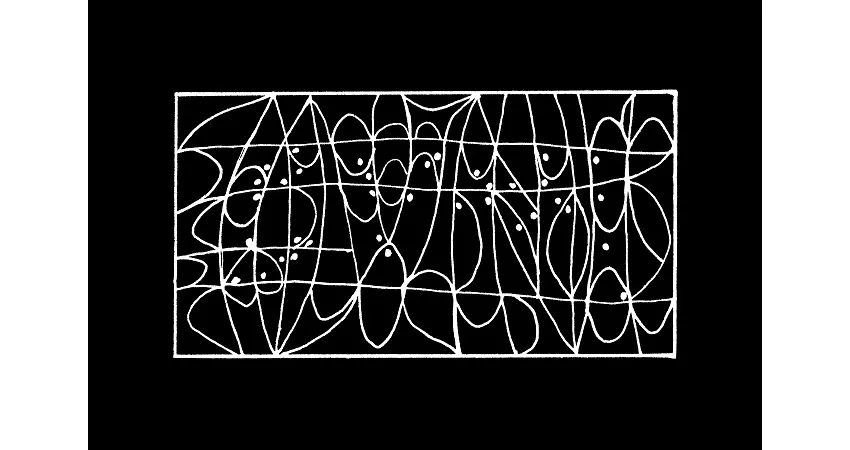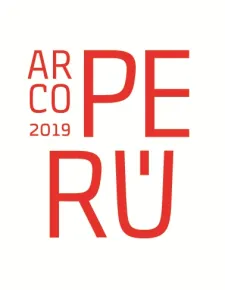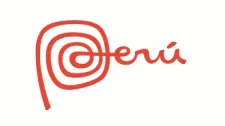Heat Melts Styles. Gilda Mantilla and Raimond Chaves
Between 2005 and 2008, Mantilla and Chaves made various trips around Latin America. On one of them they discovered the Library of the Centre for Theological Studies of the Amazon (CETA) in the Peruvian city of Iquitos. Years later, with the aim of further exploring the inconsistencies arising from the clash between the jungle and the city, they made several visits to this city with the aim of creating a digital compilation of documents from the Amazonian Library and the Library of the Research Institute of the Peruvian Amazon (IIAP), as well as other sources of printed and library material of interest to them. This undertaking gave rise to a project called Un afán incómodo (An Uncomfortable Eagerness), for which they amassed an extensive body of work that was midway between a narrative account and research, playing around in the incongruent, dystopian space that opens up between iconographic sources and their particular contexts.
Continuing this line of work, the artists went one step further, focusing in particular on dismantling images, peeling back their layers in every sense, stripping them of all meaning, laying them bare of any signs that once alluded to a specific place.
Heat Melts Styles doesn't so much allude to a specific geographic area –the Amazon– or a particular forest or city.Rather, it questions the ways that these places are constructed and subsequently interpreted. In the words of the artists: “Unable and unwilling to speak for others, renouncing ethnography and anthropology and allowing ourselves to be carried away by a methodology without logic, we set ourselves in a narrow limbo in which to put into practice a sort of anti-landscape theory, purposely losing ourselves in the leafiness of paper, stains and signs. A few intuitions as far, we hope, from naivety as from cynicism”.
Gilda Mantilla (Los Angeles, 1967) and Raimond Chaves (Bogotá, 1963) live in Lima and have been working together since 2001. Mantilla and Chaves view their work as a dialectical confrontation with the contexts that they explore. In view of this, they have focused on processes of representation and identification which, by means of images, enable the construction of a designated territory: Dibujando América (Drawing America) (2005-2009), Un afán incómodo (An Uncomfortable Eagerness) (2010-2012) and Segunda naturaleza (Second Nature) (2015-2016). They have critically reviewed Lima’s social, political and cultural context with a view to its particular meteorological circumstances: Observaciones sobre la ciudad de polvo (Observations on the City of Dust) (2009-2010), or by combining the deconstruction of its musical memory with the urban landscape: Polvosonoros (Dustsounds) (2012). They have ironically interpreted the discourses, “voices” and imaginaries of Lima’s artistic scene: Antes y después del futuro (Before and After the Future) (2013-2015) and have questioned the relationships between the institutionalisation of art and citizens: Gabinete de la curiosidad (Cabinet of Curiosities) (2006-2015). In 2015 Mantilla and Chaves represented Peru at the 56th Venice Biennale –where the country had its own pavilion for the first time– with the installation Ruinas fuera de lugar (Ruins out of Place).
Virginia Torrente (Bilbao, 1963), curator for this project, lives and works in Madrid. She graduated with a degree in Art History from the Complutense University of Madrid. From 1993 to 1999 she was Curator and Head of Exhibitions for the Contemporary Art Collection Association (ACAC), and from 2000 to 2003 she held the same position at the Patio Herreriano Museum in Valladolid. From 2004 to 2006 she was Head of Visual Arts at Casa América in Madrid, curating an extensive programme of over 20 exhibitions per year by Latin American, Portuguese and Spanish artists. Since 2007 she has worked as an independent curator. Notable curatorial projects include: Paraísos indómitos (Untamed Paradises). Marco, Vigo and CAAC, Seville (2008); Estación experimental (Experimental Station), with Andrés Mengs. CA2M, Madrid and Laboral, Gijón (2010); 89 Km. Colección CGAC-ARCO (89 km. CGAC-ARCO Collection).Marco, Vigo (2010); Arqueológica (Archaeological). Matadero, Madrid (2013); 8 cuestiones espacialmente extraordinarias (8 Spatially Extraordinary Questions). Tabacalera, Madrid (2014); Patricia Gadea Atomic-Circus. MNCARS, Madrid (2014); El público (The Public). Centro Federico García Lorca, Granada (2015); Casa-estudio-calle-barrio (House-Studio-Street-Neighbourhood). Centrocentro, Madrid (2016); Espantoso, esquisito (Awful, Exquisite). Appleton Square, Lisbon (2017). From 1999 to 2009 she was part of the independent curatorial project Doméstico (Domestic). She was also founder and artistic director for the first two editions of Jugada a 3 bandas (3-Way Play) (2011 and 2012). She has given talks and published multiple texts –always on the subject of contemporary art– both in Spain and abroad.
See the exhibition on Flickr







